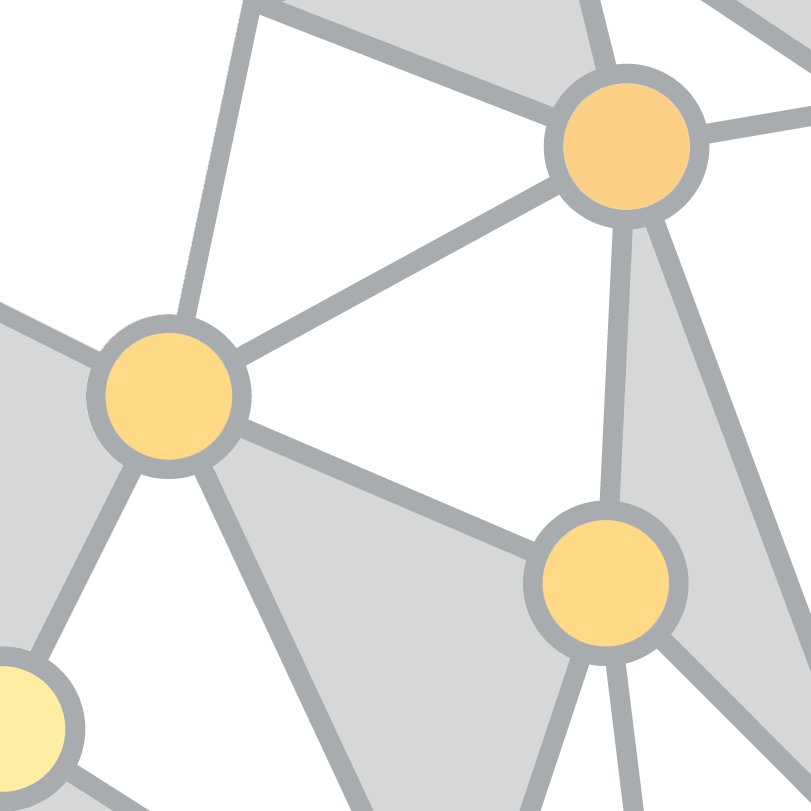Ivan Stepanyan
Leading Researcherat the Russian Academy of Sciences
Was born on May 1, 1980 in Moscow. I.V. Stepanyan made a significant contribution to the development of bioinformatics and neuroinformation technologies, developed an original method for encoding, decoding and visualizing data, which has high compression and cryptographic strength and allows you to extract hidden meanings from large amounts of information. He proposed the idea of constructing a "semantic brain".
He developed a method for visualization and analysis of genetic sequences of biological organisms, on the basis of which he discovered previously unknown patterns of molecular genetic systems and their relationship with matrix mathematics, hypercomplex systems, tensor analysis and special functions.
Participated in the development of standards on the legal and methodological foundations of occupational risk management at the Institute of Occupational Medicine, where in 2012 he defended his doctoral dissertation.
Together with the dean of the Faculty of Composers of the Moscow State Conservatory. P.I. Tchaikovsky prof. A.A. Koblyakov and the head of the laboratory of biomechanical systems of the Institute of Mechanical Engineering of the Russian Academy of Sciences, Doctor of Physical and Mathematical Sciences. S.V. Petukhov developed a fundamentally new concept of genetic instrumental music, in connection with which the Center for Interdisciplinary Research of Musical Creativity of the Moscow State Conservatory. P.I. Tchaikovsky. Developed and received patents for inventions of musical instruments with a tuning based on mathematical principles of genetic coding and constructed prototypes of instruments.
Research Interests:
molecular genetic algorithms and Hadamard matrices
physics of living systems
medical cybernetics
algebraic botany and matrix genetics
vibration biomechanics
psychophysiological acoustics and music theory
self-organizing algorithms
neurocomputer equipment and technology
I.V. Stepanyan is the author of over 150 scientific papers and a number of patents. Leader of the European Science Blog.
Achievements
Master of Engineering and Technology in Computer Science and Computer Engineering (2003)
PhD in Engineering Science (2006)
Doctor of Biological Sciences (2012)

